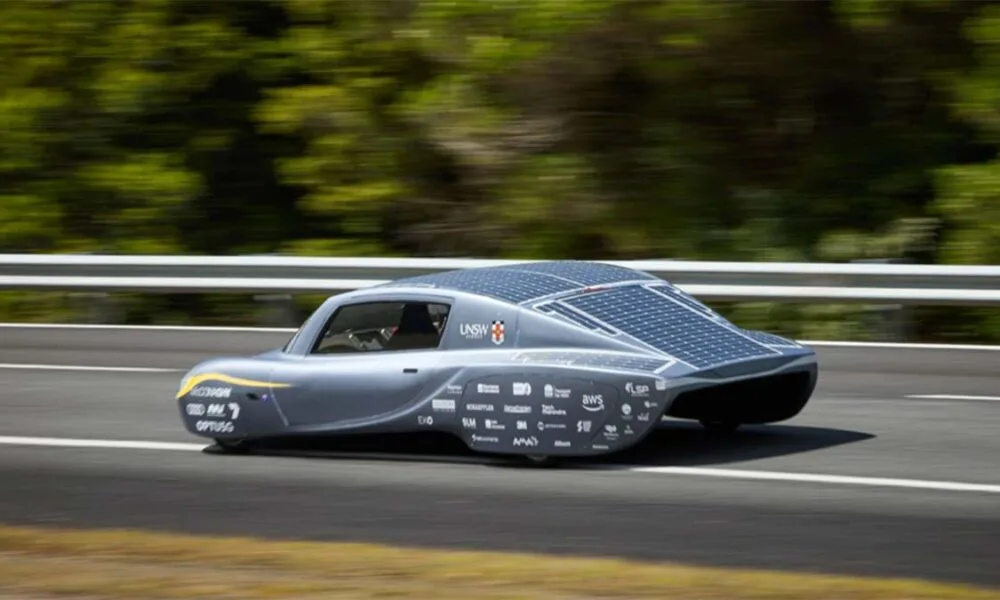Honda Motor Company’s latest collaboration with Amazon Web Services (AWS) signals a transformative step in the evolution of automotive technology. Through this partnership, Honda aims to transition from traditional hardware-based vehicles to software-defined vehicles (SDVs), setting a new benchmark for innovation in the electric vehicle (EV) market. At the core of this initiative lies Honda’s Digital Proving Ground (DPG), a cloud-based development platform designed to enhance the speed, efficiency, and functionality of vehicle production.
The DPG platform enables Honda to move beyond conventional manufacturing methods, reducing its reliance on physical prototypes while significantly cutting costs. Built on AWS’s scalable cloud infrastructure, the platform facilitates virtual vehicle testing, optimizing EV performance metrics such as battery range and energy efficiency. This approach accelerates the development cycle, allowing Honda to adapt quickly to market demands while lowering production expenses.
An essential component of the SDV model is over-the-air (OTA) updates, which allow Honda to enhance vehicle functionality post-purchase. By integrating AWS’s IoT and machine learning capabilities, Honda can provide real-time improvements to safety, autonomy, and personalization features, tailoring the driving experience to individual user preferences. This not only extends the lifecycle of vehicles but also opens new avenues for subscription-based revenue through software updates and feature enhancements, mirroring strategies employed by leading EV manufacturers.
One of the most noteworthy advancements in the partnership is Honda’s use of AWS’s generative AI tools, including Amazon Bedrock, to revolutionize the EV charging experience. Leveraging machine learning and real-time data, Honda is developing a system that guides EV drivers to optimal charging stations based on variables such as location, battery level, and proximity to amenities. This feature, set to debut in Honda’s 0 Series EVs, aims to address one of the key barriers to EV adoption: range anxiety. By ensuring drivers have access to efficient and convenient charging options, Honda positions itself as a frontrunner in customer-centric EV technology.
Honda’s integration of AWS IoT Core and Amazon Kinesis Video Streams further enhances vehicle capabilities. By enabling real-time processing of vehicle and camera data, Honda is developing advanced safety features, including the detection of external threats or abnormal activities near parked vehicles. These innovations highlight the potential for cloud-connected vehicles to provide enhanced security and proactive maintenance.
Beyond technological advancements, Honda is investing in workforce development through its Expert Builder Initiative, launched in partnership with AWS in 2024. This program aims to train Honda engineers in cloud technologies, generative AI, and IoT applications, fostering a hybrid workforce proficient in both automotive and digital solutions. By building internal expertise, Honda not only reduces dependency on external consultants but also ensures the seamless integration of emerging technologies into its product lineup.
This collaboration underscores the automotive industry’s shift toward digitization and the convergence of cloud computing with mobility solutions. As vehicles become increasingly connected, the ability to leverage cloud infrastructure for rapid development, personalized experiences, and cost-effective scaling will define the leaders of the next automotive era.
Honda’s partnership with AWS sets a compelling precedent for how traditional automakers can innovate in a rapidly changing landscape. By embracing software-defined vehicles and integrating cutting-edge AI solutions, Honda is redefining the driving experience while positioning itself as a key player in the EV revolution. The broader implications for the industry are clear: the future of mobility lies not just in hardware but in the seamless integration of software, data, and cloud technology. The question remains: can traditional automakers adapt quickly enough to compete in this new digital ecosystem, or will the pioneers of the software-defined vehicle era set an insurmountable standard?










